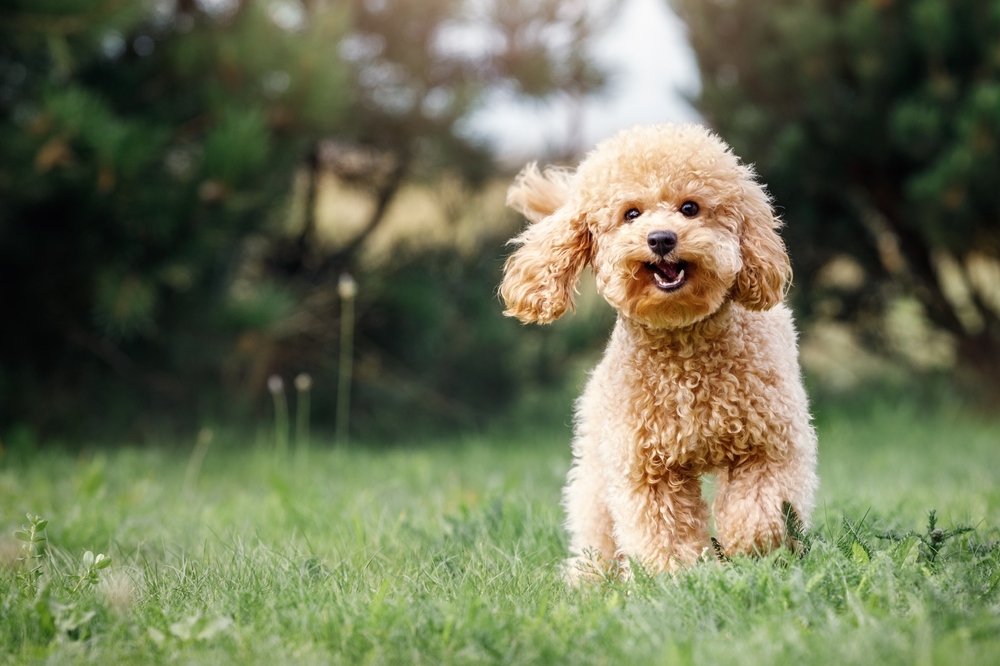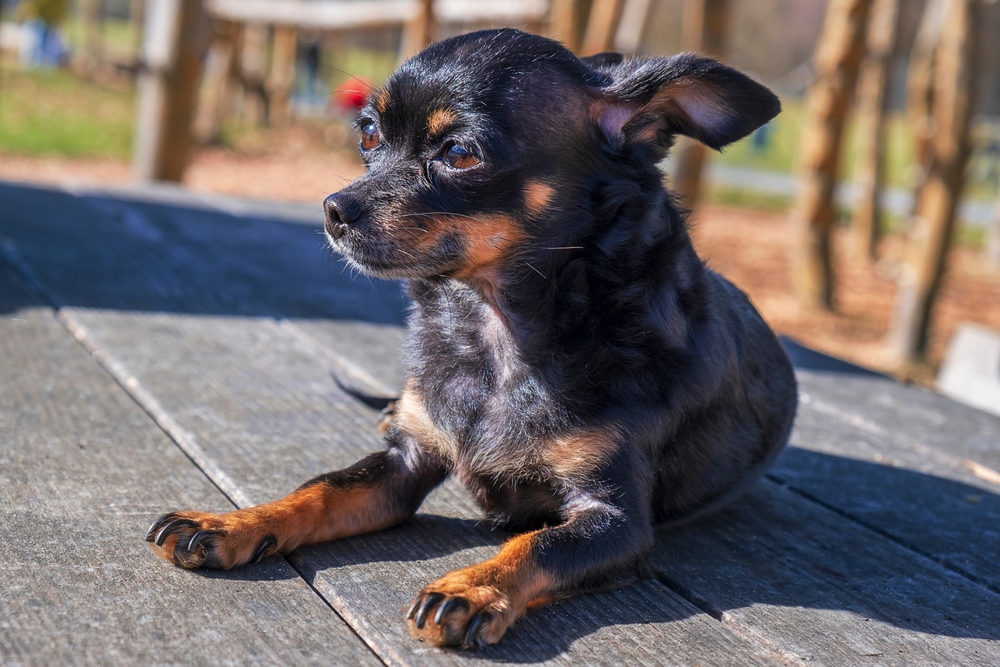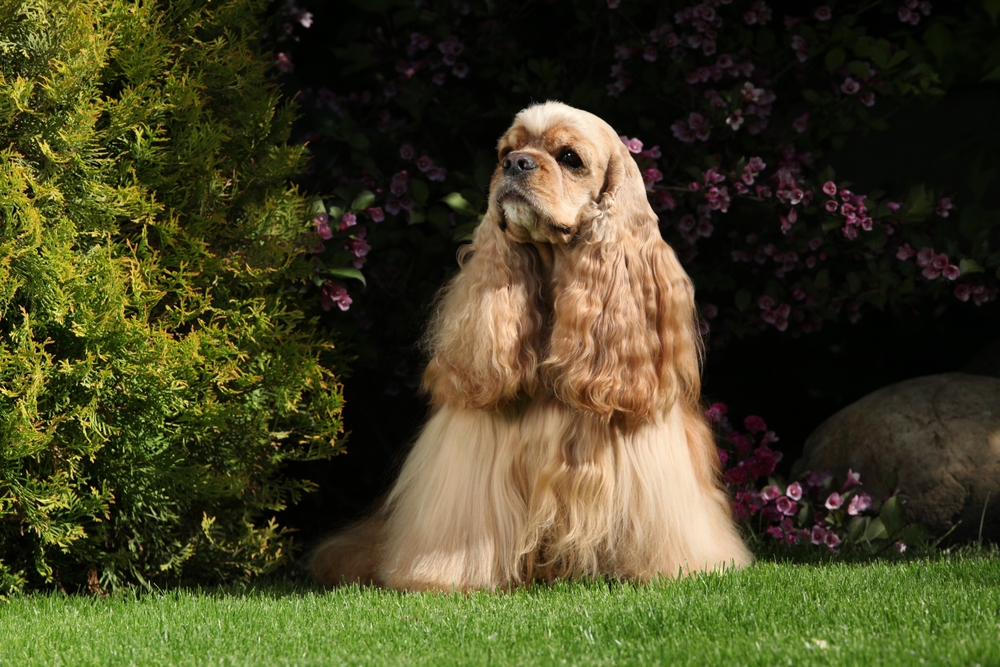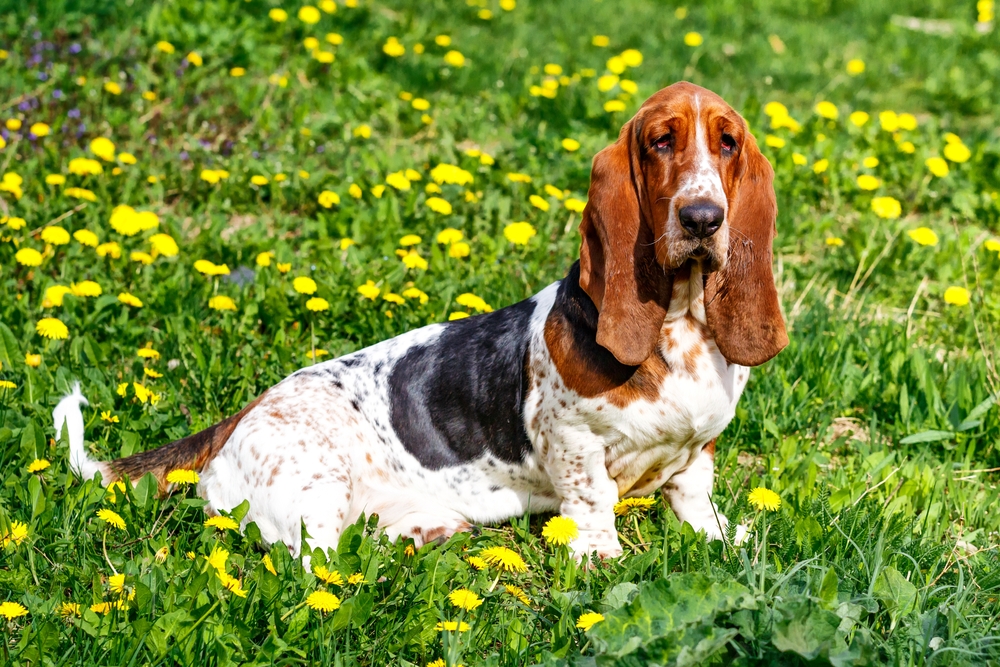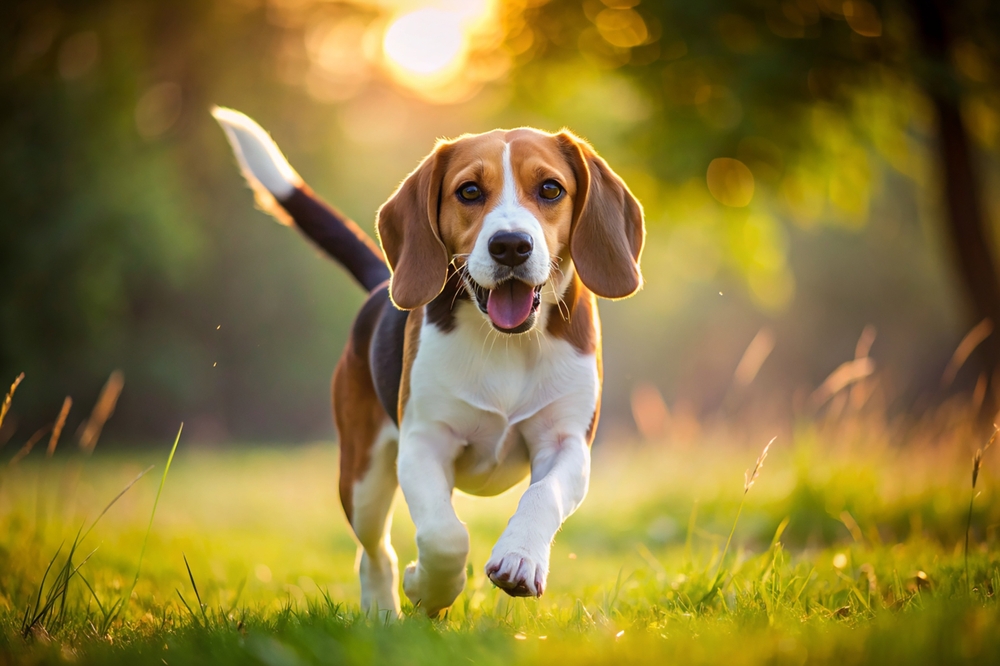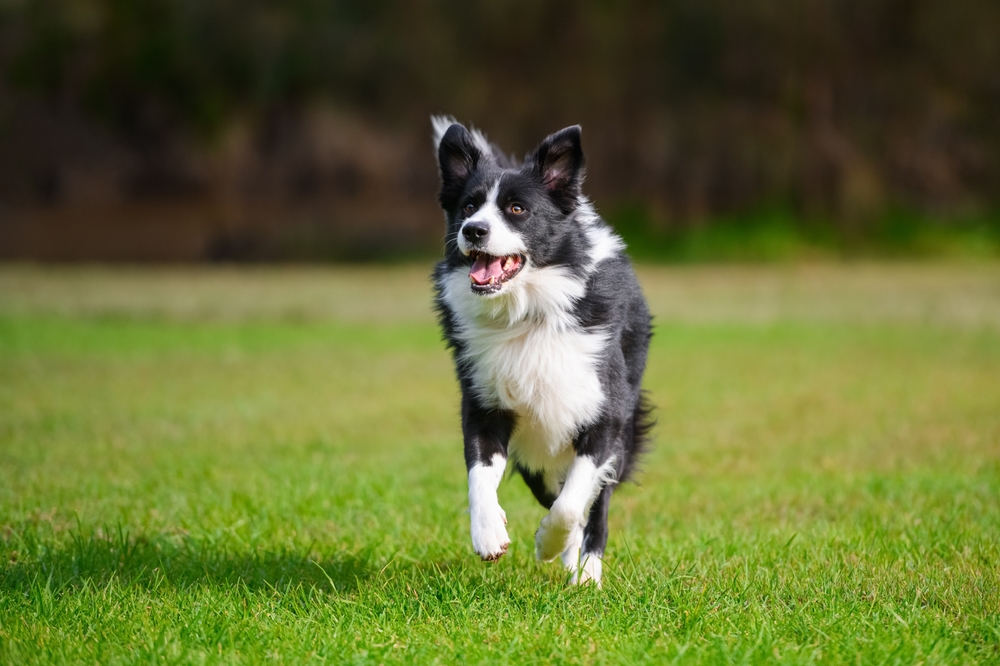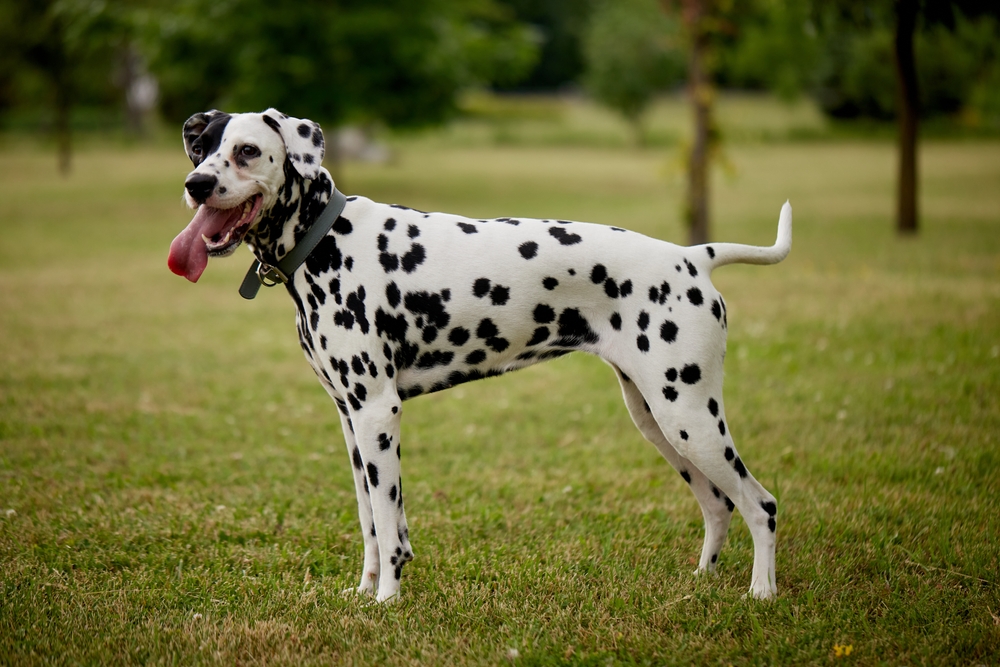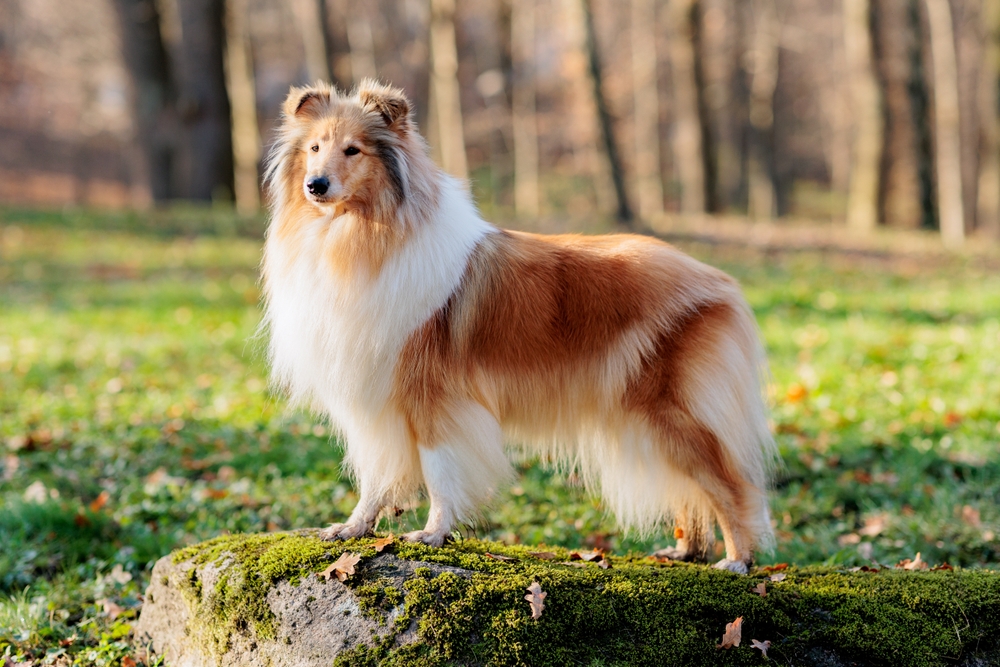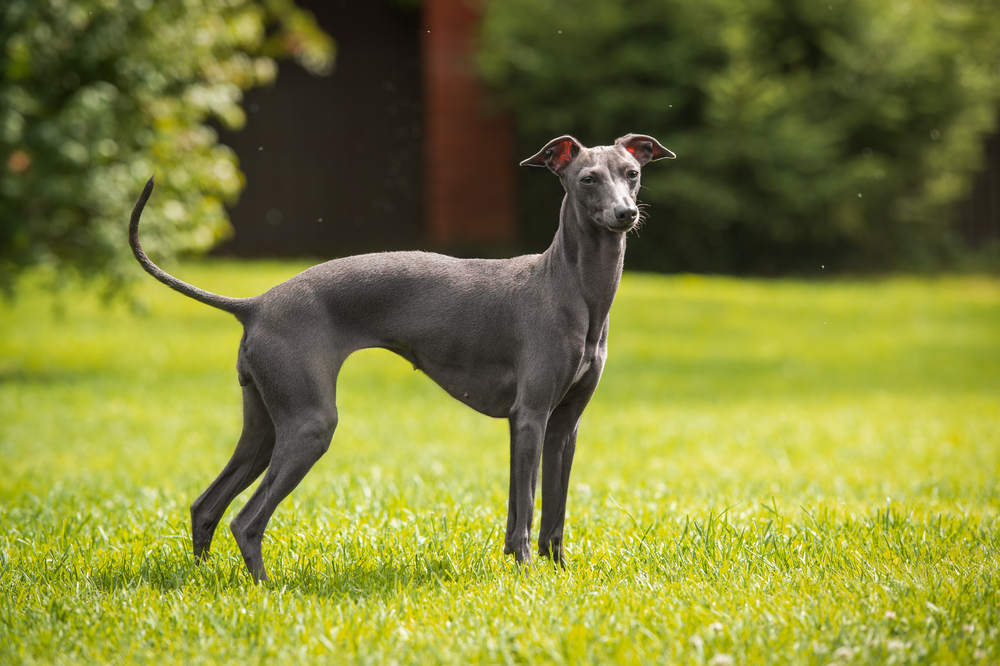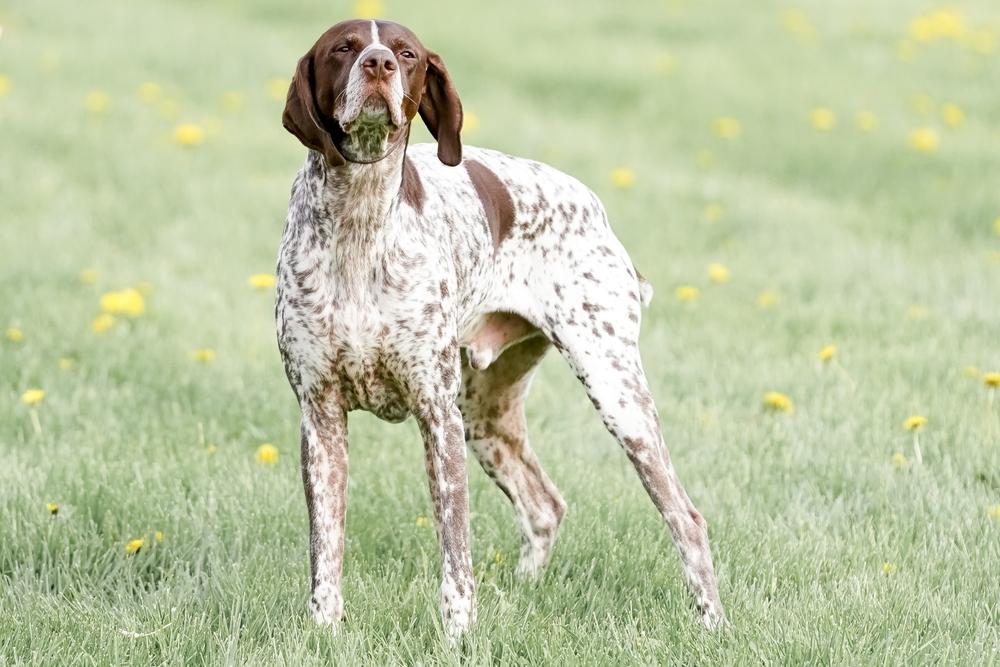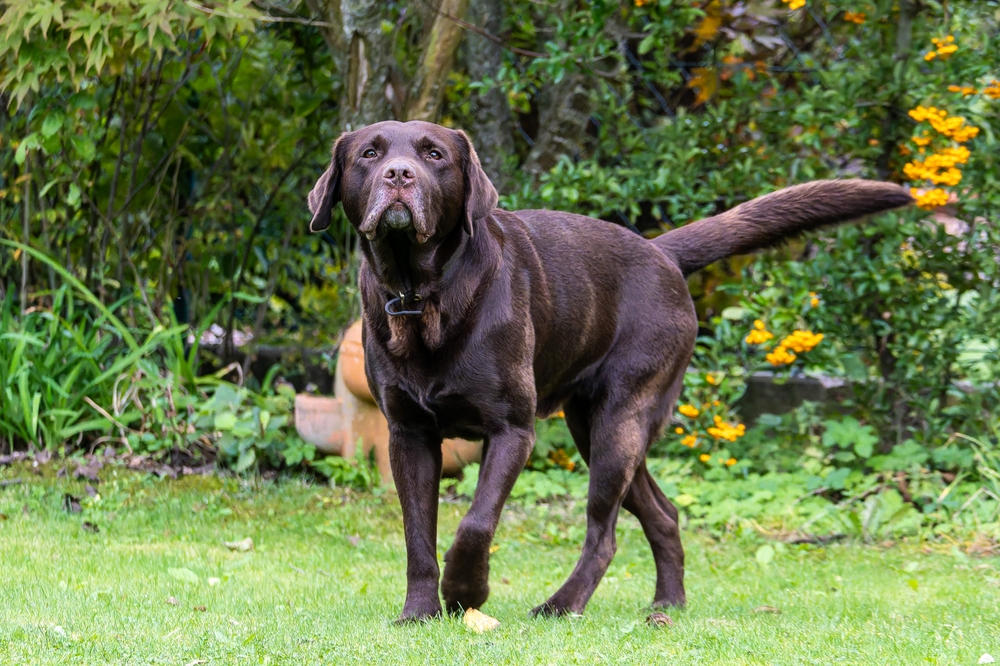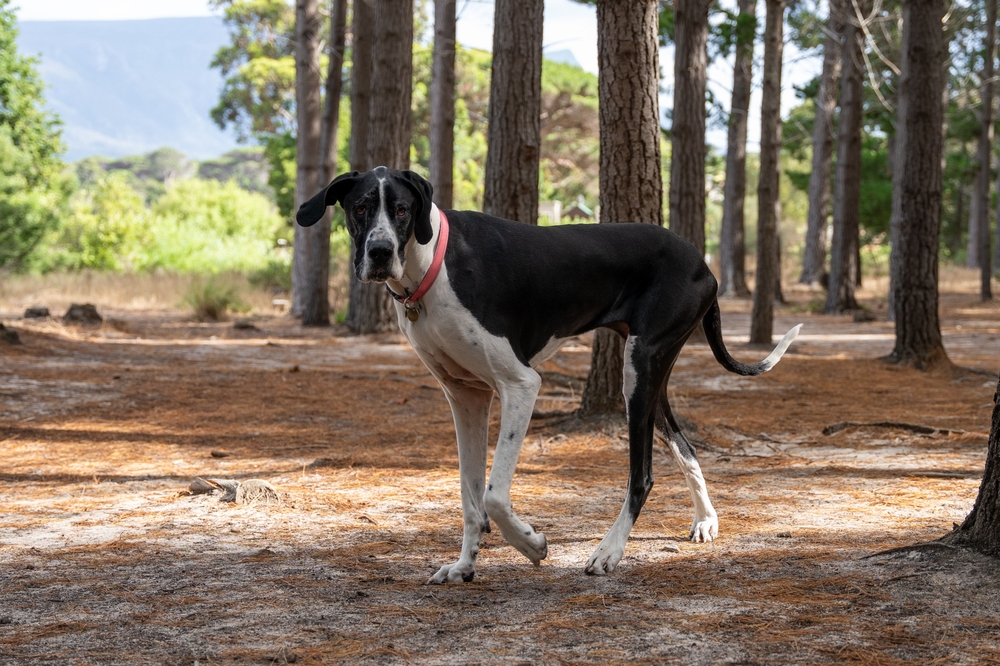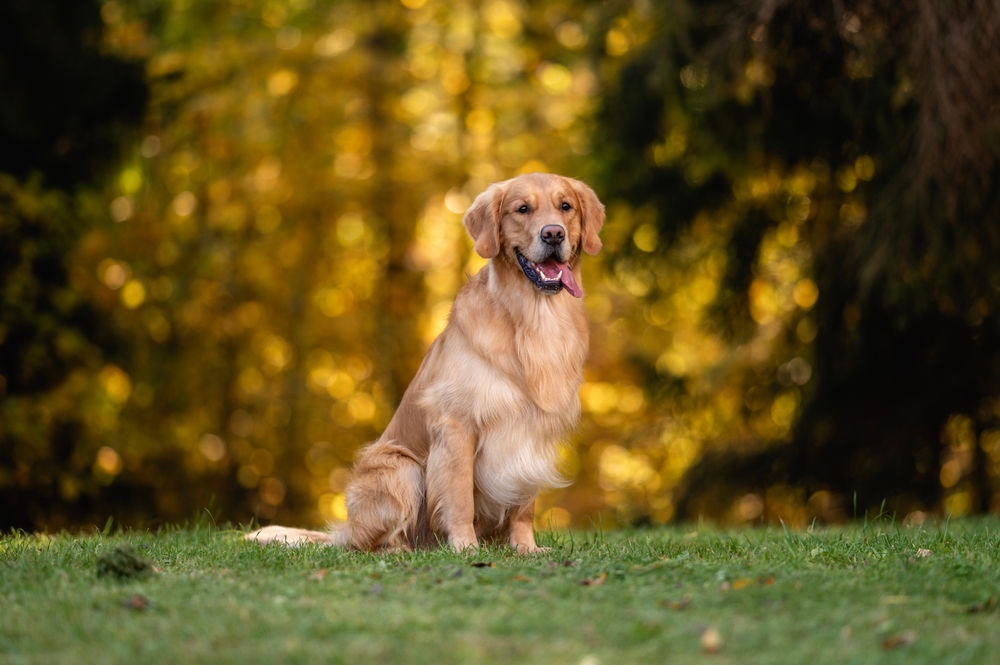Uniqueness
The Poodle is one of the most versatile and recognizable dog breeds in the world, combining intelligence, elegance, and athleticism in a way few breeds can match:
Three Size Varieties, One Breed:
Poodles are the only breed recognized in Standard, Miniature, and Toy sizes, all sharing the same proportions, temperament, and coat type, making them adaptable to many lifestyles.
Hypoallergenic Coat:
Their dense, curly, single-layer coat sheds minimally and traps dander, making them a popular choice for allergy-sensitive owners. This coat can be groomed into numerous styles, from the classic Continental Clip to low-maintenance trims.
Exceptional Intelligence:
Poodles consistently rank among the most intelligent dog breeds, excelling in obedience, problem-solving, and advanced training. They are highly responsive to positive reinforcement and mental challenges.
Aquatic Heritage:
Originally bred as water retrievers in Germany, Poodles have webbed feet, a water-resistant coat, and natural swimming ability, traits that remain strong today.
Athletic and Versatile:
From hunting and agility to therapy work and circus performances, Poodles can adapt to almost any role, thriving in both working and companion capacities.
Distinctive Appearance:
Their proud carriage, long neck, and graceful movement give them a sophisticated look that turns heads in both the show ring and everyday life.
Cultural Popularity:
Poodles have long been associated with elegance and style, appearing in art, literature, and pop culture for centuries, yet their work ethic and athleticism make them far more than ornamental dogs.
The Poodle’s blend of beauty, brains, and adaptability ensures its place as one of the most beloved and enduring dog breeds worldwide.



































































